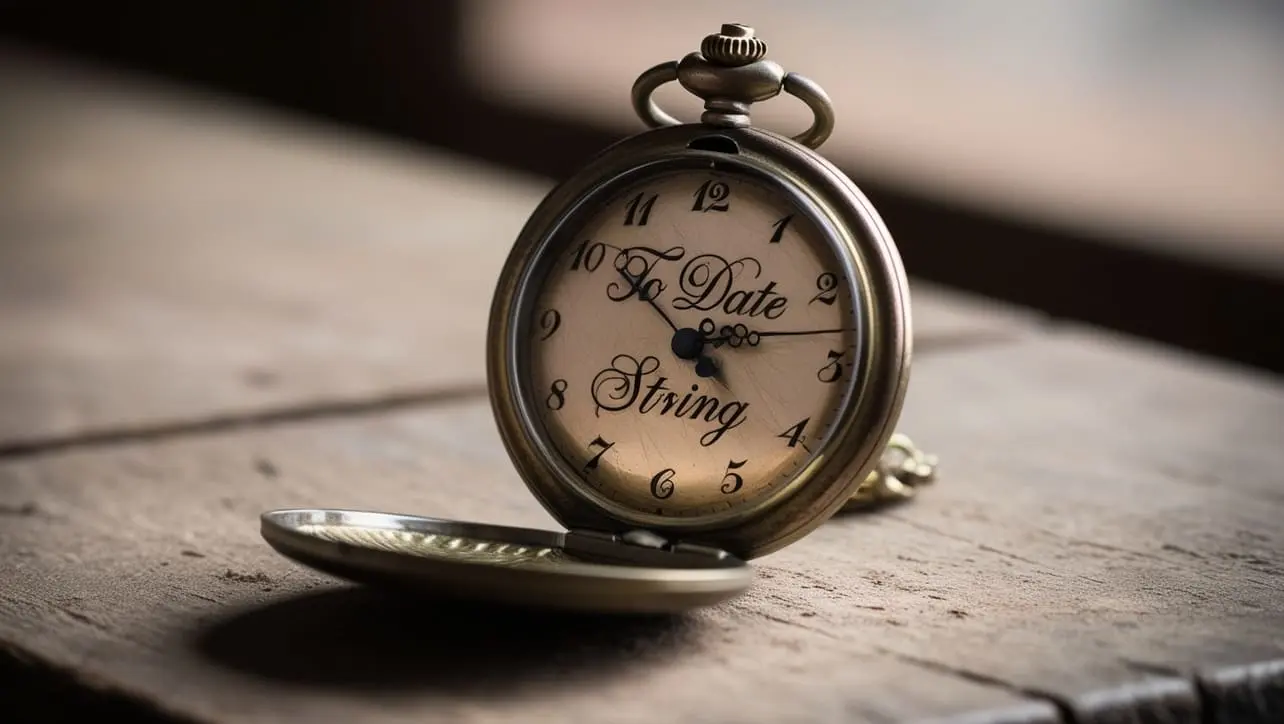
JS Topics
- JS Intro
- JS File Handling
- JS Array Methods
- JS Console Methods
- JS Date Methods
- getDate()
- getDay()
- getFullYear()
- getHours()
- getMilliseconds()
- getMinutes()
- getMonth()
- getSeconds()
- getTime()
- getTimezoneOffset()
- getUTCDate()
- getUTCDay()
- getUTCFullYear()
- getUTCHours()
- getUTCMilliseconds()
- getUTCMinutes()
- getUTCMonth()
- getUTCSeconds()
- now()
- parse()
- setDate()
- setFullYear()
- setHours()
- setMilliseconds()
- setMinutes()
- setMonth()
- setSeconds()
- setTime()
- setUTCDate()
- setUTCFullYear()
- setUTCHours()
- setUTCMilliseconds()
- setUTCMinutes()
- setUTCMonth()
- setUTCSeconds()
- toDateString()
- toISOString()
- toJSON()
- toLocaleDateString()
- toLocaleString()
- toLocaleTimeString()
- toString()
- toTimeString()
- toUTCString()
- UTC()
- valueOf()
- JS Navigator Methods
- JS Node Methods
- JS Number Methods
- JS String Properties
- JS String Methods
- JS Window Methods
- JS Cookies
- JS Interview Programs
- JS Star Pattern
- JS Number Pattern
- JS Alphabet Pattern
JavaScript Date toDateString() Method

Photo Credit to CodeToFun
🙋 Introduction
Working with dates in JavaScript becomes more seamless with the availability of various methods for formatting and extracting information. One such method is toDateString(), which allows you to obtain a human-readable string representation of a date's portion excluding the time details.
In this guide, we'll explore the syntax, usage, best practices, and practical examples of the toDateString() method.
🧠 Understanding toDateString() Method
The toDateString() method is part of the JavaScript Date object, providing a simple way to obtain a string representation of the date portion of the object. This method returns a string representing the date portion in the format "ddd mmm dd yyyy," where:
- ddd: Day of the week (e.g., "Mon")
- mmm: Month (e.g., "Jan")
- dd: Day of the month (e.g., "01")
- yyyy: Year (e.g., "2022")
💡 Syntax
The syntax for the toDateString() method is straightforward:
dateObj.toDateString();- dateObj: The Date object for which you want to obtain the date string.
📝 Example
Let's explore a basic example to showcase the usage of the toDateString() method:
// Creating a Date object
const today = new Date();
// Using toDateString() to obtain the date string
const dateString = today.toDateString();
console.log(dateString);In this example, the toDateString() method is called on a Date object (today), and the resulting date string is then logged to the console.
🏆 Best Practices
When working with the toDateString() method, consider the following best practices:
Time Zone Awareness:
Be aware that the
toDateString()method does not include time zone information. If time zone information is crucial, consider using other methods or libraries for handling time zones.example.jsCopiedconst timeZoneDateString = today.toLocaleDateString('en-US', { timeZone: 'UTC' }); console.log(timeZoneDateString);Input Validation:
Ensure that the input to the
toDateString()method is a valid Date object. Handling invalid dates can help prevent unexpected errors in your code.example.jsCopiedconst invalidDate = new Date('invalid'); if (!isNaN(invalidDate.getTime())) { const validDateString = invalidDate.toDateString(); console.log(validDateString); } else { console.error('Invalid date!'); }
📚 Use Cases
Displaying the Current Date:
A common use case for the
toDateString()method is displaying the current date in a human-readable format:example.jsCopiedconst today = new Date(); const dateString = today.toDateString(); console.log(`Today's Date: ${dateString}`);Creating a Custom Date Display:
You can leverage the
toDateString()method to create a custom date display for your application:example.jsCopiedconst eventDate = new Date('2024-03-15'); const formattedDate = eventDate.toDateString(); console.log(`Event Date: ${formattedDate}`);
🎉 Conclusion
The toDateString() method simplifies the process of obtaining a human-readable representation of the date portion of a Date object.
By adhering to best practices and exploring diverse use cases, you can harness the full potential of the toDateString() method in your JavaScript projects.
👨💻 Join our Community:
Author

For over eight years, I worked as a full-stack web developer. Now, I have chosen my profession as a full-time blogger at codetofun.com.
Buy me a coffee to make codetofun.com free for everyone.
Buy me a Coffee












If you have any doubts regarding this article (JavaScript Date toDateString() Method), please comment here. I will help you immediately.